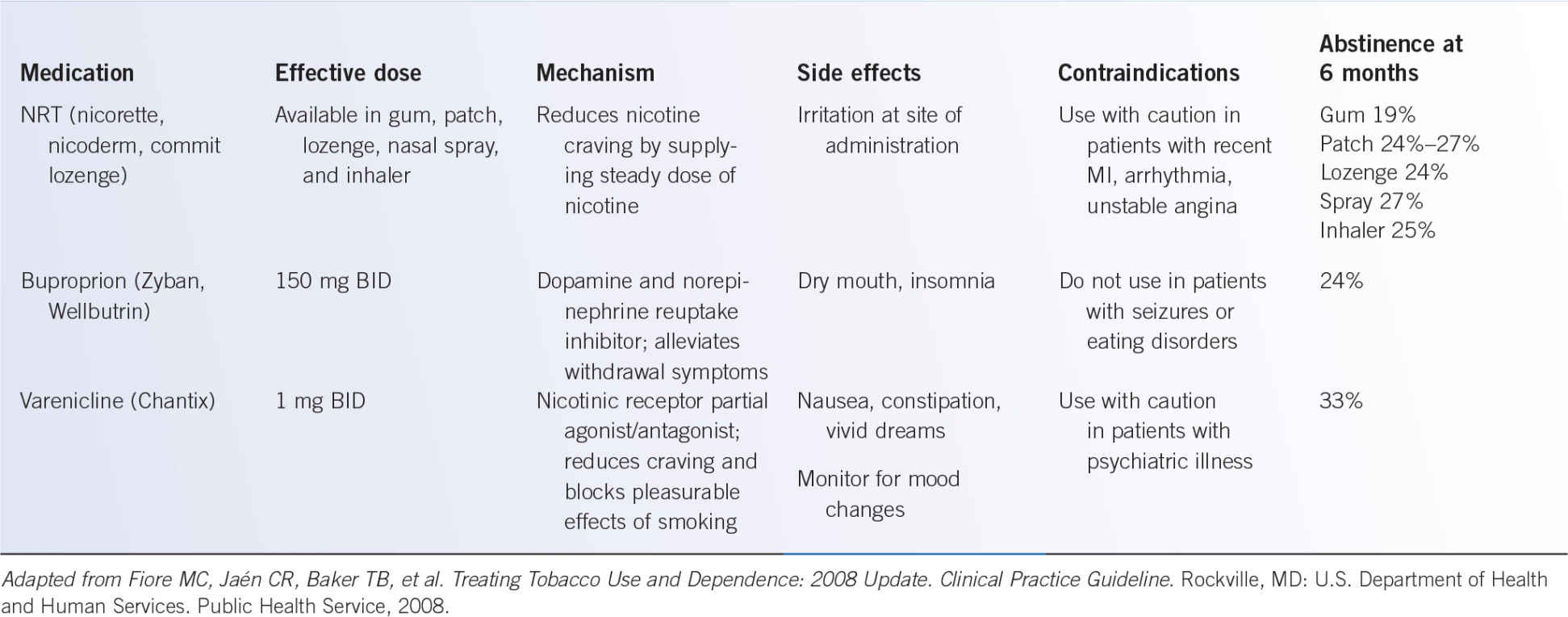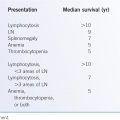Figure 45-1. Fletcher–Peto Curve describing FEV1 decline in smokers and nonsmokers.
Reproduced from BMJ: Parkes G, Greenhalgh T, Griffin M, et al. Effect on quit rate of telling patients their lung age. BMJ 2008;336:598. Adapted from BMJ: Fletcher C, Peto R. The natural history of COPD. BMJ 1977;1:1645–1648.
NRT is available in the form of gum, an inhaler, a nasal spray, a lozenge, and a patch. These medications are designed to reduce nicotine craving and alleviate withdrawal symptoms by providing a steady dose of nicotine. The cost and method of administration should be discussed, as this helps the patient decide which product to use. Common side effects include local irritation at the site of administration, which is reported by most patients as mild and improves with duration of use. NRT is not an independent risk factor for cardiovascular events, even in patients with known cardiovascular disease. These medications should be used with caution in patients with recent myocardial infarction (<2 weeks), severe arrhythmias, and unstable angina. Smoking cessation efficacy at 6 months of NRT when used with behavioral modification is 19% to 27%, depending on the method of administration.
Stay updated, free articles. Join our Telegram channel

Full access? Get Clinical Tree






